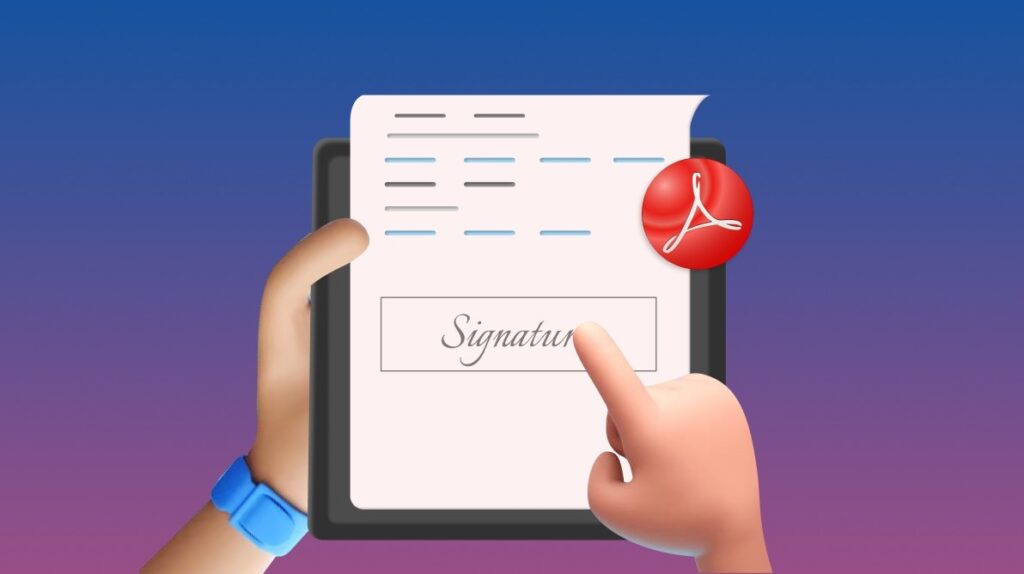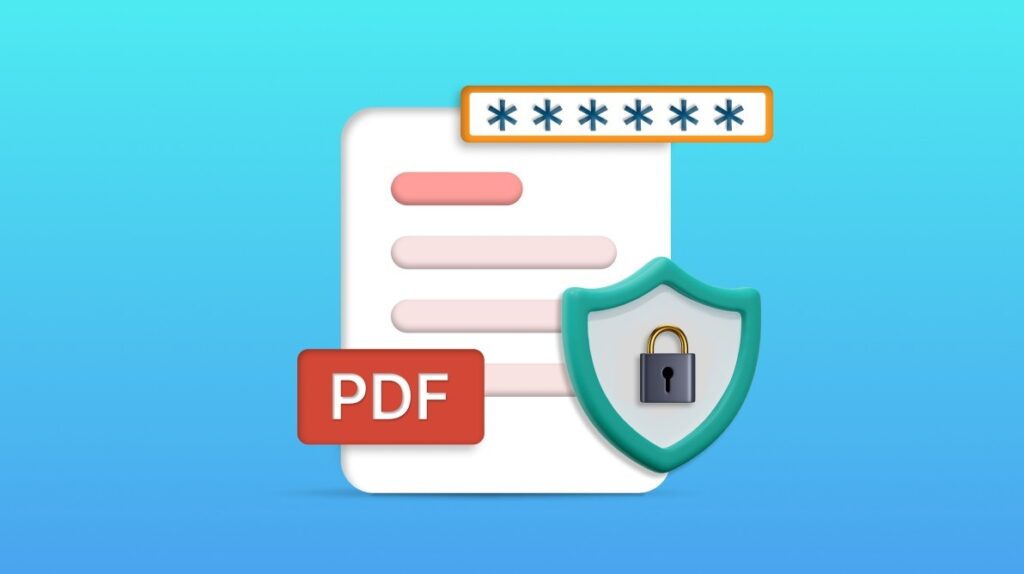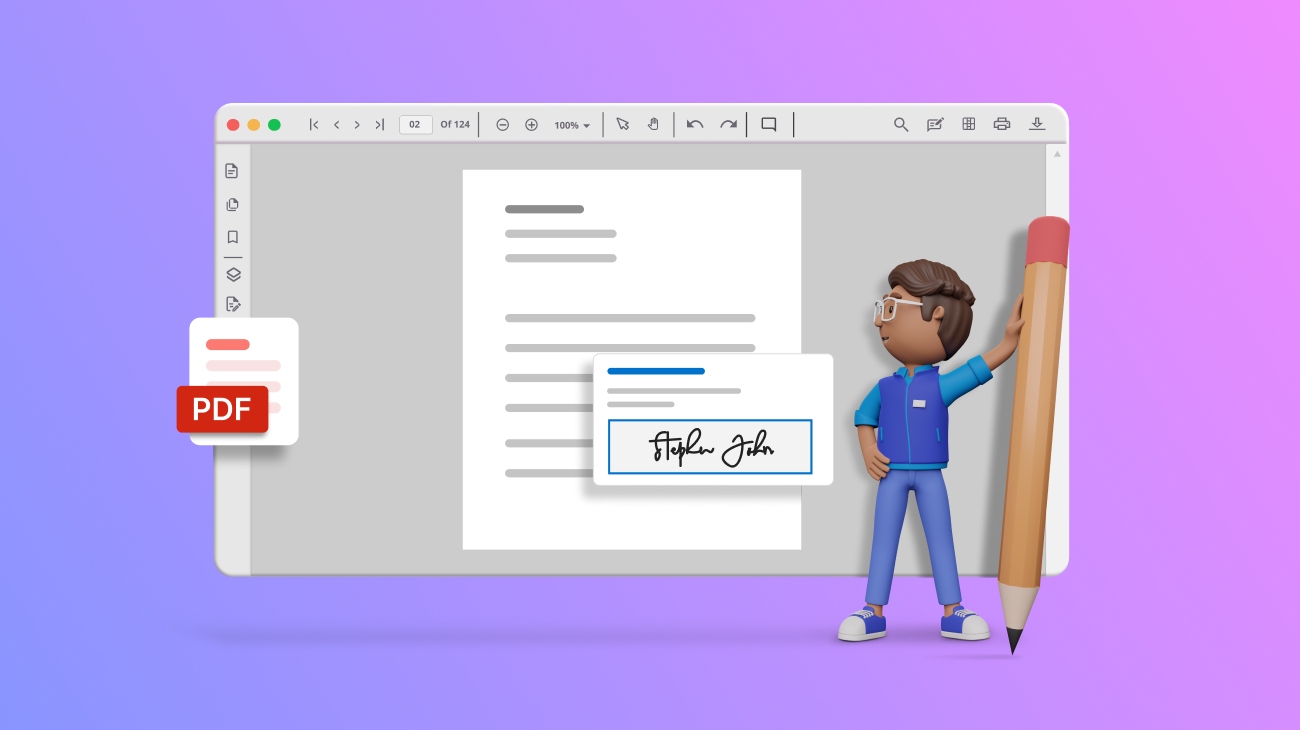In a digital world filled with sensitive information, important documents, and prying eyes, ensuring security is paramount. To ensure the security of Portable Document Format (PDF) documents, the dynamic duo of digital signatures and encryption is the primary tool in use today.
In this article, we’ll delve into the world of digital signatures and encryption, exploring their significance, implementation, and best practices for ensuring the highest level of security and integrity in your PDF documents.
Digital signatures

Digital signatures provide a way to verify the origin, authenticity, and integrity of a document. They provide the digital equivalent of a handwritten signature and are commonly used to prevent tampering and unauthorized modifications.
| You’re about to send a crucial contract. But wait! How can you guarantee its authenticity and integrity in the vast, sometimes perilous digital universe? Cue digital signatures, your trusty sidekick in the battle against document forgery and tampering. |
Benefits of digital signatures
Digital signatures aren’t just decoration—they’re powerful tools that revolutionize the way we handle documents, transactions, and agreements.
- The superpower of authenticity:Digital signatures work like magical seals, uniquely identifying the signer and ensuring that no impostor can mimic their mark. With digital signatures, you can trust that the sender is who they claim to be.
- Guardians of integrity: Ever worry about your document undergoing unauthorized changes during transmission? Fear not! Digital signatures act as vigilant guardians, ensuring that every byte remains intact and unaltered.
- Unmasking nonrepudiation: One of the most powerful features of digital signatures is nonrepudiation, which means signers can’t wiggle their way out of their commitments. Once they’ve signed, there’s no turning back!
Use case
Expedited loan approvals
Scenario: You’re a small-business owner applying for a business loan to expand your operations. Traditional loan applications involve mountains of paperwork, endless signatures, and weeks of waiting for approval. But in today’s fast-paced world, time is of the essence.
Benefit of digital signatures: With digital signature technology, you can breeze through the loan application process with ease. You digitally sign the required documents, and your lender does the same. The entire process is streamlined, reducing physical paperwork, eliminating delays, and accelerating the loan approval process. You can access funds faster and seize business opportunities without unnecessary holdups.
Implementing digital signatures
The three steps to implementing digital signatures are:
- Generating a key pair: Signers generate a public-private key pair. The private key remains confidential, whereas the public key is shared.
- Signing the document: The signer uses their private key to create a digital signature for the document.
- Verification: Recipients use the signer’s public key to verify the signature’s authenticity and integrity.
Best practices for digital signatures
- Use strong key management: Safeguard private keys using encryption and hardware security modules to prevent unauthorized access.
- Time-stamping: Include a time stamp to prove the document’s state at a specific time.
- Certificate revocation: Check the revocation status of signer certificates to ensure they are still valid.
Encryption: Your shield against snoops

Encryption in PDF documents involves encoding the content to prevent unauthorized access. Encrypted PDFs require a password or encryption key to open, making them an essential tool for protecting sensitive information.
Types of PDF encryption
- User password: Requires a password to open the document.
- Owner password: Allows specific actions, such as printing or editing, to be performed in the document following decryption.
Benefits of encryption
- Cloaking confidentiality:Encryption wraps your PDF in an impenetrable cloak, ensuring that only those with the secret key can unveil its contents. Your data remains safe from prying eyes, whether it’s financial reports, medical records, or your top-secret cookie recipe.
- Battle-tested algorithms: Encryption algorithms like AES and RSA are the unsung heroes of document security, standing guard against cyber threats and ensuring that your information stays out of the wrong hands.
- Passphrase power: With encryption, you hold the key to your document’s fortress. Choose a strong passphrase and your data becomes virtually indecipherable to all but the most determined adversaries.
Dangers of not using digital signatures and encryption
Today, when sensitive information is exchanged across networks and platforms, failing to utilize digital signatures and encryption can leave individuals and organizations vulnerable to various risks and challenges. Let’s explore some of the trouble that comes with neglecting these vital security measures:
- Vulnerability to fraud and tampering: Without digital signatures, documents lack a reliable method of verifying their authenticity and integrity. This opens the door to fraudulent activities such as document forgery, alteration, or impersonation. Malicious actors could tamper with critical documents, leading to disputes, legal complications, and financial losses.
- Compromised confidentiality: In the absence of encryption, sensitive information transmitted or stored in digital formats remains susceptible to unauthorized access and interception. This compromises confidentiality and privacy, exposing personal data, financial records, or proprietary business information to potential misuse.
- Legal and regulatory noncompliance: Many industries and jurisdictions have stringent legal and regulatory requirements concerning the protection and authentication of digital documents. Without digital signatures and encryption, organizations may fail to meet these compliance standards, leading to penalties, fines, or legal liabilities.
| What happens when you combine the powers of digital signatures and encryption? You get an unstoppable force that protects your PDF documents with unparalleled strength and finesse. |
Conclusion
Mastering the art of digital signatures and encryption in PDF documents empowers you to safeguard sensitive information and establish the credibility of your documents.
| The Syncfusion .NET PDF Library simplifies the implementation process, offering intuitive APIs, robust encryption algorithms, and efficient digital signature integration. |
Armed with the right knowledge and the Syncfusion .NET PDF Library, you can confidently navigate the intricacies of securing your documents while ensuring compliance, peace of mind, and a fortified digital presence.
Related Articles
Create, Fill, and Edit Fillable PDF Forms Using C# – A Complete Guide
Rotate Pages, Text, Tables, and Images in a PDF Using C#
Easily Add and Remove Attachments in Your PDF Documents Using C#



